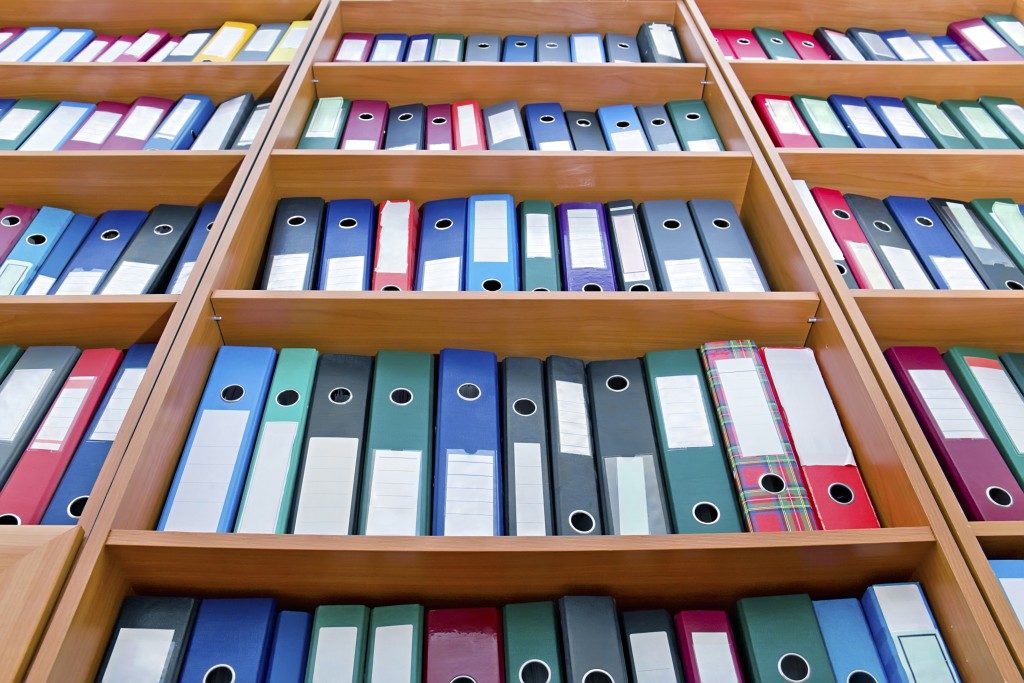Corporate espionage is a huge concern for companies, but negligence troubles businesses equally. Neglect is one of the biggest causes of security leaks and while easily preventable, it still regularly occurs. Antivirus, anti-malware, and other cybersecurity programs are used extensively to protect databases from incursions.
But companies should never neglect their physical documents, which can contain sensitive information and trade secrets. Learn when to destroy documents, how to decide between storing and destroying files, the security levels involved in document disposal, and less drastic ways of preventing security leaks.
Disposition or Destruction Guidelines
Disposition refers to all forms of activities undertaken during records management. Records can be retained in the storage on site, put in a public space within a workspace for easy reference, or disposed to an offsite security facility.
Destruction is a viable option when documents are not required for legal or regulatory records, original contracts and certificates, or don’t have details regarding disputes or statute of limitations, ownership, LLC and corporate records. Unimportant documents made by employees long gone from your company may also be destroyed as their instructions could be misinterpreted. Having too many documents with no beneficial purpose can also be used against your company. Moreover, reducing the number of physical documents in your care will reduce your maintenance and storage costs.
Your company’s legal and accounting department can supplement the list of documents that may be disposed of. These departments can also serve as consulting bodies when formulating a system that instructs employees when to keep or destroy records
Paper Shredding and Security Levels
Permanent destruction of documents must follow guidelines that ensure that you will not be affected by the move. The United Nations has a few guidelines regarding archive management that may prove useful for your organization. Among these guidelines are the need to destroy documents in a timely, irreversible manner as authorized by management. Records must be destroyed in a secure and confidential manner and done in an environmentally-friendly way.
The most common way of destroying documents is through shredding. Paper shredding can be done manually or through paper shredding services. Paper shredders have different security levels; the higher the level, the finer the cuts to the paper. Strip-cut paper on the P-1 level is big and can be inch-thick; micro-cut paper on the P-7 level is fine and almost dust-like.
Secure Storage and Clean Desk Policies

If your office has documents it regularly uses or must be stored for tax purposes and other reasons, it pays to invest in secure storage. File cabinets and shelves with locks, or an offsite facility with constant video monitoring and climate control settings will keep the documents safe from prying eyes and the elements.
Lastly, enforcing a clean desk policy can help minimize leaks caused by human errors. Clean desk policies ensure that employees store or shred important documents by the end of the day. This can be incorporated in the file disposal strategy you will create with your legal and accounting departments.
It’s a wise idea to train employees in the art of document management. Employees who know when and how to destroy confidential documents, or how to stick to company protocol when it comes to bringing documents in and out of the office, are valuable assets to any company. Retaining the services of a cybersecurity and paper shredding company will also aid in preventing leaks of information.


